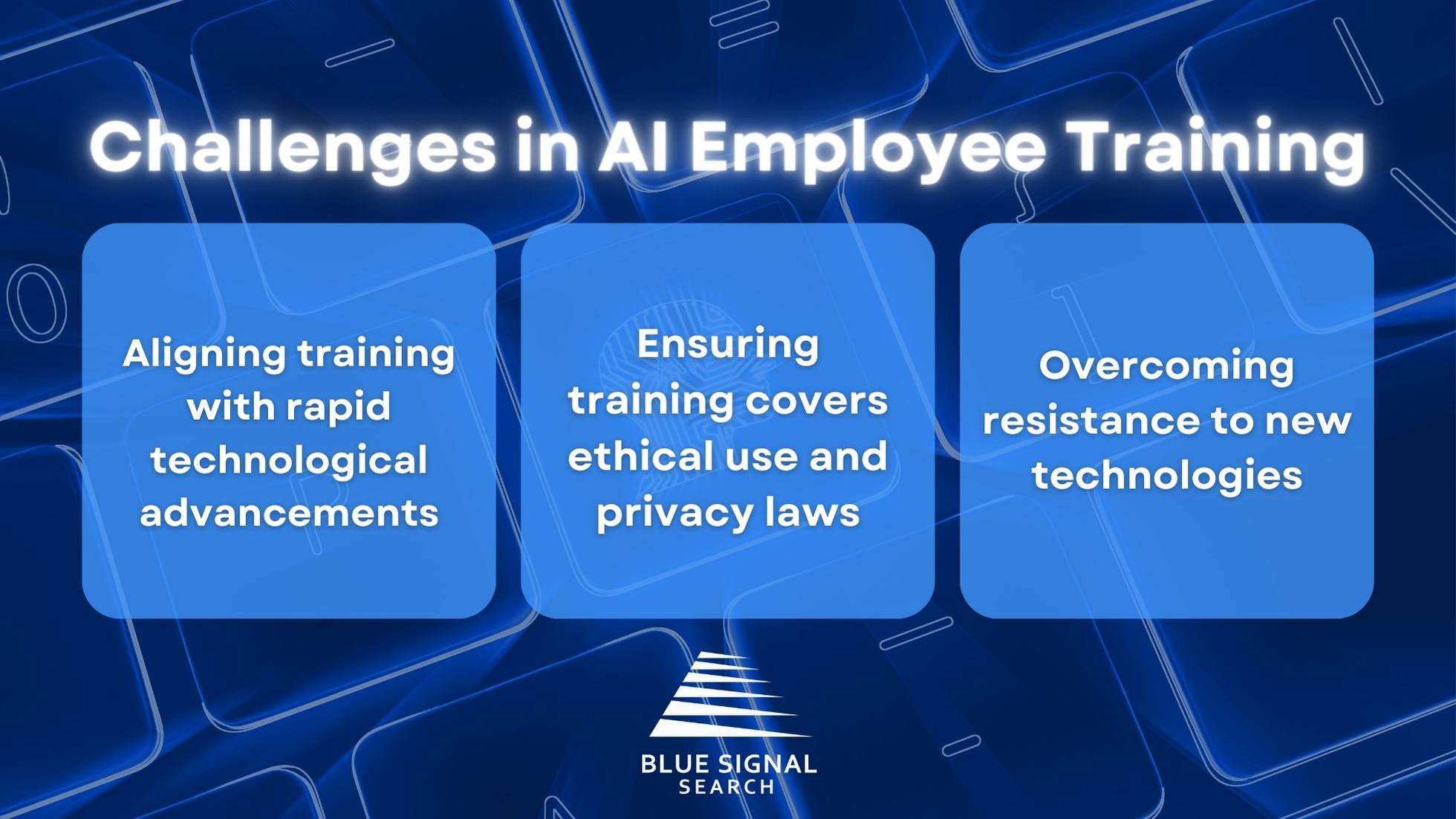The Complete Guide to Leveraging Artificial Intelligence for Business Growth and Success
Discover how artificial intelligence can transform your operations, boost efficiency, and drive unprecedented growth
What is an AI Tool?
An AI tool is a software application that utilizes artificial intelligence technologies to perform tasks that typically require human intelligence. These tools leverage machine learning, natural language processing, computer vision, and other AI subfields to analyze data, recognize patterns, make predictions, and automate complex processes.
AI tools are revolutionizing how businesses operate by providing capabilities that were previously impossible or prohibitively expensive. From chatbots that handle customer service inquiries to predictive analytics that forecast market trends, AI tools are becoming indispensable assets for forward-thinking organizations.
Modern AI tools go beyond simple automation—they continuously learn and improve from data inputs, enabling businesses to make smarter decisions faster than ever before. From predictive analytics to intelligent chatbots, AI is reshaping how companies operate across every industry.
The Transformative Benefits of AI Tools for Business
Artificial Intelligence is not just another technological trend—it's a fundamental shift in how businesses operate and compete. The organizations that successfully integrate AI tools into their operations gain significant competitive advantages that translate directly to their bottom line.
Operational Efficiency
AI tools optimize business processes by automating routine tasks, reducing errors, and accelerating workflows. This leads to substantial cost savings and allows your team to focus on high-value activities that drive growth. For example, AI-powered document processing can handle thousands of invoices or contracts in minutes with near-perfect accuracy, compared to hours or days of human labor.
Data-Driven Insights
Modern businesses generate massive amounts of data, but without AI, most of this valuable information goes unanalyzed. AI tools can process and interpret complex datasets to uncover patterns, trends, and correlations that would be impossible for humans to detect. These insights can inform everything from product development to marketing strategies.
Enhanced Customer Experiences
AI enables businesses to deliver personalized, responsive, and seamless customer experiences at scale. Chatbots provide instant support 24/7, recommendation engines suggest products customers actually want, and sentiment analysis helps tailor communications to individual preferences. This level of service builds stronger customer relationships and increases lifetime value.

Data Analysis
AI tools can process and analyze vast amounts of business data in real-time, uncovering valuable insights that drive strategic decisions.

Customer Service
AI-powered chatbots and virtual assistants provide 24/7 customer support, reducing response times and improving satisfaction.

Marketing Optimization
AI tools analyze customer behavior to optimize marketing campaigns, personalize content, and maximize ROI on advertising spend.

Leads Generation
AI tools analyze customer behavior to optimize marketing campaigns, personalize content, and maximize ROI on advertising spend.
Why AI Tools Are Essential for Modern Businesses
In today's hyper-competitive business landscape, AI tools have transitioned from being "nice-to-have" luxuries to "must-have" necessities. The businesses that fail to adopt AI risk falling behind competitors who leverage these technologies to operate more efficiently, serve customers better, and innovate faster.
The importance of AI tools stems from their ability to handle complex, data-intensive tasks with speed and accuracy that far surpass human capabilities. While humans remain essential for creativity, strategy, and emotional intelligence, AI excels at processing information, identifying patterns, and executing well-defined tasks consistently.
Consider this: An AI tool can analyze thousands of customer support tickets in minutes to identify common complaints and suggest improvements. A human team might take weeks to accomplish the same analysis, and likely with less comprehensive results. This is the power of AI—it amplifies human potential by handling the heavy lifting of data processing and pattern recognition.
Competitive Advantage
Early adopters of AI tools gain significant first-mover advantages. They can optimize operations, reduce costs, and improve customer experiences before their competitors even recognize the opportunity. As AI becomes more prevalent, the gap between adopters and non-adopters will widen, making it increasingly difficult for laggards to catch up.
Scalability
AI tools allow businesses to scale operations without proportional increases in human resources. An AI chatbot can handle thousands of customer inquiries simultaneously, while human agents are limited by time and capacity. This scalability is crucial for growth-minded businesses.
Which Businesses Can Benefit from AI Tools?
Nearly every industry and business type can find valuable applications for AI tools, though the specific implementations will vary based on the organization's needs, size, and objectives. Here's a breakdown of businesses that can particularly benefit from AI adoption:
Highly Recommended for AI
- E-commerce: For personalized recommendations, dynamic pricing, and chatbots
- Financial Services: For fraud detection, risk assessment, and algorithmic trading
- Healthcare: For diagnostic assistance, patient monitoring, and drug discovery
- Manufacturing: For predictive maintenance, quality control, and supply chain optimization
- Marketing Agencies: For audience segmentation, campaign optimization, and content generation
- Customer Support: For chatbots, sentiment analysis, and ticket routing
- Human Resources: For resume screening, employee retention prediction, and training personalization
- Real Estate: For property valuation, lead scoring, and virtual tours
Less Suitable for AI
- Highly Creative Studios: Where human creativity is the primary value
- Artisanal Crafts: Where handmade quality is the selling point
- Small Local Services: With simple operations and personal relationships
- Businesses with Minimal Data: That don't generate enough data to train AI models
- Highly Regulated Industries: Where AI decisions may conflict with compliance requirements
- Businesses Resistant to Change: That lack the infrastructure to implement AI properly
It's important to note that even businesses in the "less suitable" categories can often find niche applications for AI tools that complement their core operations without replacing their unique value propositions.
The Critical Steps Before Selecting an AI Tool
Choosing the right AI tool for your business is a decision that requires careful consideration and planning. Rushing into AI adoption without proper preparation is one of the primary reasons implementations fail to deliver expected results. Here's what every business owner must do before selecting an AI solution:
Identify Specific Pain Points
Begin by clearly defining the problems you want AI to solve. Are you looking to reduce customer service response times? Improve inventory forecasting? Automate data entry? The more specific you can be about your challenges, the better you can evaluate whether a particular AI tool addresses them effectively.
Assess Your Data Readiness
AI tools require quality data to function effectively. Evaluate the quantity, quality, and organization of your existing data. Do you have sufficient historical data for training? Is your data clean and properly structured? If not, you may need to invest in data preparation before AI implementation.
Evaluate Integration Requirements
Consider how the AI tool will integrate with your existing systems and workflows. Will it require significant changes to your current processes? What APIs or connectors are available? The best AI tool is worthless if it can't work seamlessly with your other business applications.
Calculate ROI Expectations
Determine what return on investment you expect from the AI tool. Will it reduce labor costs? Increase sales? Improve customer retention? Establish clear metrics for success and a timeline for achieving them. This will help justify the investment and measure effectiveness post-implementation.
Consider Implementation Complexity
Be realistic about your team's technical capabilities and the resources available for implementation. Some AI tools require significant setup and training, while others are more plug-and-play. Choose a solution that matches your implementation capacity.
How to Perfectly Implement AI Tools in Your Business
Successful AI implementation requires more than just purchasing software—it demands a strategic approach that aligns technology with business objectives. Follow these steps to ensure your AI tools deliver maximum value:
Start Small, Think Big
Begin with a pilot project that addresses a specific, measurable pain point. This allows you to test the AI tool's effectiveness with limited risk before scaling across your organization. For example, implement AI for automating invoice processing in one department before rolling it out company-wide.
1. Define Clear Objectives
Establish specific, measurable goals for what you want the AI tool to accomplish. Rather than vague aims like "improve customer service," set concrete targets such as "reduce average response time to under 2 minutes" or "increase first-contact resolution by 30%."
2. Prepare Your Data
Clean, organize, and structure your data to ensure the AI tool has quality inputs to work with. This may involve data cleansing projects, establishing new data collection processes, or integrating disparate data sources.
3. Train Your Team
Invest in proper training for employees who will use or interact with the AI tool. Address concerns about job displacement by emphasizing how AI will augment rather than replace human roles, freeing staff for higher-value work.
4. Monitor and Optimize
Continuously track the AI tool's performance against your established metrics. Be prepared to make adjustments to configurations, workflows, or even the tool itself if it's not meeting expectations.
5. Scale Gradually
Once the pilot proves successful, develop a phased rollout plan that addresses different departments or use cases sequentially, learning and adapting at each stage.
The Advantages of Proper AI Tool Implementation
When selected and implemented correctly, AI tools deliver transformative benefits that can propel your business ahead of competitors:
Operational Advantages
- 24/7 Productivity: AI doesn't need breaks, vacations, or sleep
- Error Reduction: Minimizes human mistakes in repetitive tasks
- Faster Processing: Analyzes data and completes tasks in seconds
- Scalability: Handles increased workloads without adding staff
- Cost Efficiency: Reduces labor costs for routine operations
Strategic Advantages
- Competitive Insights: Identifies market trends and opportunities
- Risk Mitigation: Predicts and prevents potential issues
- Innovation Acceleration: Frees human capital for creative work
- Customer Intelligence: Provides deep understanding of behavior
- Future-Proofing: Positions your business for ongoing tech evolution
The Human-AI Partnership
The most successful implementations combine AI's computational power with human creativity and emotional intelligence. AI handles data processing and pattern recognition at superhuman speeds, while humans provide strategic direction, creative problem-solving, and the personal touch that builds customer relationships. This symbiotic relationship creates a competitive advantage that neither could achieve alone.
The Dangers of Choosing the Wrong AI Tool
While proper AI implementation can transform your business, selecting the wrong tool or implementing it poorly can lead to significant problems. Understanding these risks helps you make better decisions and avoid common pitfalls.
Why 97% of Businesses Fail with Wrong AI Tools
The staggering failure rate stems from several critical mistakes that compound upon each other. Most commonly, businesses select AI tools that don't align with their specific needs, lack the necessary data infrastructure to support them, or fail to properly integrate them into existing workflows. This results in tools that either don't deliver promised benefits or actively disrupt operations.
Another major factor is the failure to account for change management. Employees may resist or misuse AI tools they don't understand or perceive as threats to their jobs. Without proper training and communication about how AI will augment rather than replace human roles, even technically sound implementations can fail due to lack of adoption.
The Cost of Getting It Wrong
Poor AI implementations lead to wasted investments (often tens or hundreds of thousands of dollars), operational disruptions, employee frustration, and damaged customer experiences. In some cases, they can even create legal or compliance risks if the AI makes decisions that violate regulations or company policies.
Disadvantages of Wrong AI Tool Selection
- High Implementation Costs: With little to no return on investment
- Operational Disruptions: As staff struggle with incompatible systems
- Data Quality Issues: From poorly integrated or trained systems
- Employee Resistance: Due to lack of understanding or fear
- Customer Dissatisfaction: When AI implementations create friction
- Reputation Damage: From failed public-facing AI deployments
- Vendor Lock-in: With difficult-to-replace proprietary systems
Final Advice for Business Owners
As you consider integrating AI tools into your business, remember that successful adoption requires patience, planning, and ongoing management. AI is not a magic solution that instantly solves all business challenges, but rather a powerful tool that delivers maximum value when implemented strategically.
Take Time to Learn and Understand
Don't rush into purchasing the first AI solution you encounter. Invest time in educating yourself about the different types of AI tools available, their capabilities and limitations, and how they might apply to your specific business context. Attend webinars, read case studies, and consult with experts to make informed decisions.
The businesses that succeed with AI are those that approach implementation methodically—starting with clear objectives, preparing their data and teams, beginning with small-scale pilots, and scaling based on measurable results. They view AI not as a one-time purchase but as an ongoing capability that requires nurturing and optimization.
Remember that your goal isn't to implement AI for its own sake, but to solve real business problems and create tangible value. Keep this focus at the center of your AI strategy, and you'll be well-positioned to reap the transformative benefits these powerful tools can offer.
Discover the Best AI Tools for Your Business
The #1 Mistake in AI Tool Selection
The most common and costly mistake business owners make when selecting AI tools is choosing solutions based on hype rather than specific business needs. Many rush to implement flashy, cutting-edge AI technologies without first clearly identifying the problems they need to solve or evaluating whether the tool aligns with their operational realities.
This "solution looking for a problem" approach leads to wasted investments, frustrated employees, and disillusionment with AI's potential. The businesses that succeed take the opposite approach—they start by thoroughly analyzing their pain points, then carefully evaluate how different AI tools might address those specific challenges.
Remember: The best AI tool for your business isn't necessarily the most advanced or expensive one—it's the one that solves your actual problems effectively and integrates smoothly with your existing operations.







